Tourist header template
- Home
arrow_drop_down
- What’s On
arrow_drop_down
- Where To Stay
arrow_drop_down
- Things To Do
arrow_drop_down
- Eat & Drink
arrow_drop_down
- Shopping
arrow_drop_down
- Plan Your Visit
arrow_drop_down
- Local Businesses
arrow_drop_down
- Business Support
arrow_drop_down
- Local Directory
arrow_drop_down
- Estate & Lettings Agents & Architects
- Health, Beauty & Wellbeing
- Home & Gardening Services
- Photographers, Fashion & Lifestyle
- Retirement, Care & Funeral Services
- Travel, Holidays & Languages
- Tradesman, Builders and Property Services
- Vehicle Repairs, Storage, Hire & Taxi Services
- Weddings, Events & Entertainment
- Business Support
Bluebell Woods Near Arundel
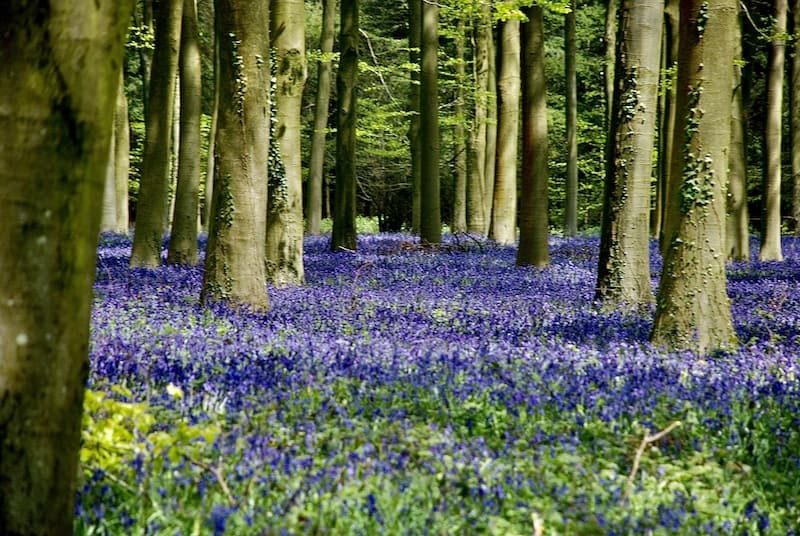
Come with us this spring and explore the local bluebell woods.
Depending on the weather, bluebells flower from mid-April to the end of May. Here in the south of England they often bloom early as it is a bit warmer than in the rest of the UK so if we get a sunny spring then make sure you get out and about sooner rather than later and don’t miss them in all their glory!
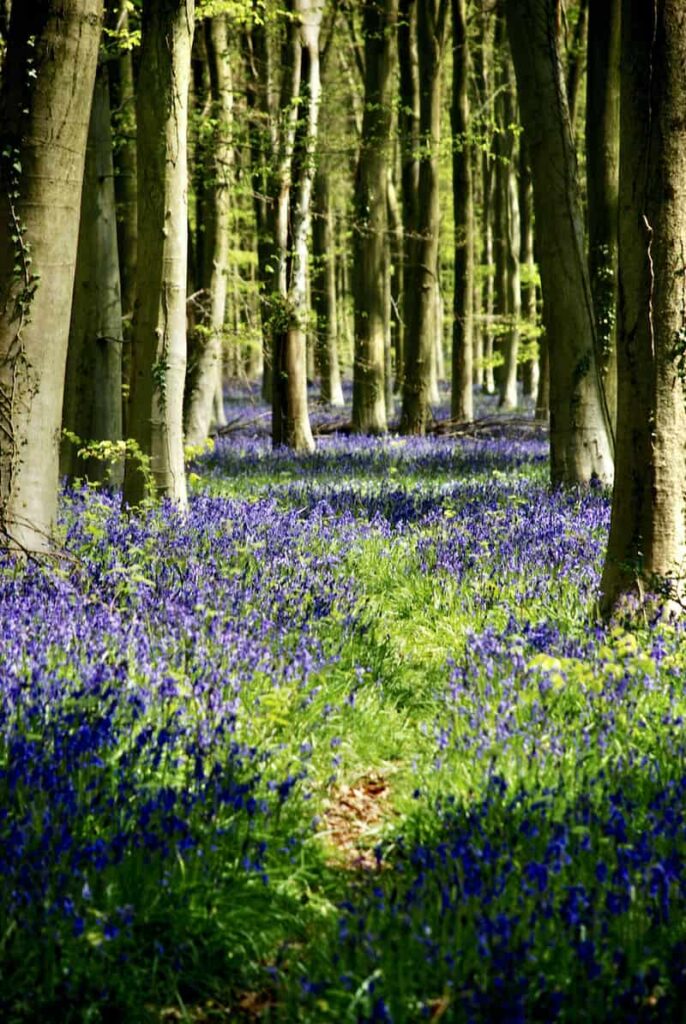
The bluebell is really a perennial herb and grows from a seed into a bulb which can take up to five years to form. The flowers are usually a blue-violet in colour but white or pink ones can occasionally be found. The bell-shaped flowers have a beautiful and strong scent. Half of the world’s population of bluebells grows in the UK and are an indicator of ancient woodland so bluebell woodlands probably date back to at least 1600. It is said that the flowers ‘ring’ at dawn to call the fairies to the woods!
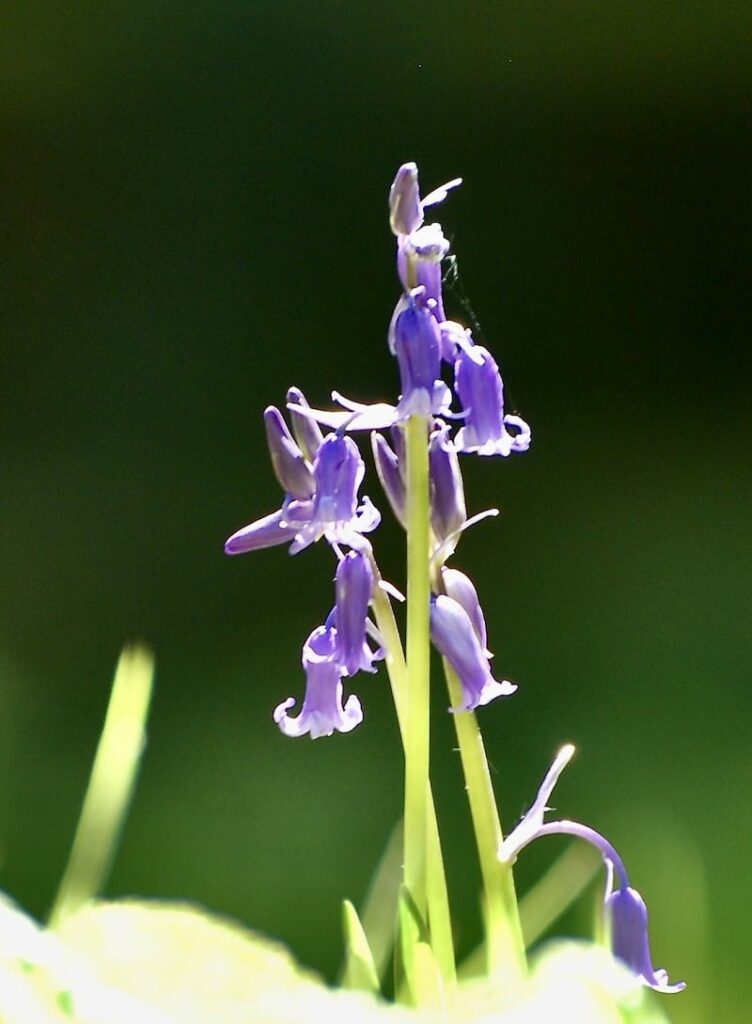
There is another plant which looks very like our native bluebell – the Spanish bluebell. You can tell the difference as it grows straight up and the flowers don’t droop to one side. Instead, the flowers are all around the stem and there is no scent. It is thought to of been accidently introduced into the wild by escaping from gardens. It has become rather a problem as it has the ability to crossbreed with our native bluebell and create hybrids which could potentially overtake our native species. It is thought that one in six woodlands in the UK contain this hybrid species.
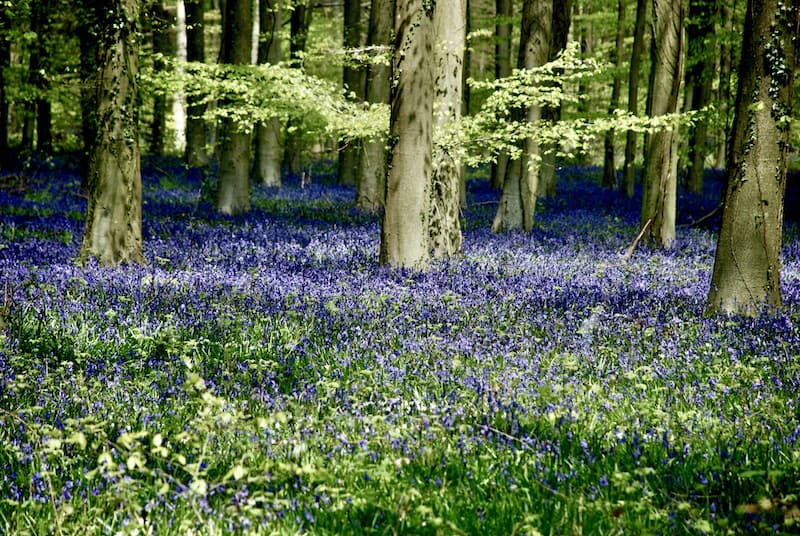
Here are three things you may not know about our beautiful bluebells –
- The English bluebell’s sap is sticky and was used as a glue for fixing feathers to arrows by medieval archers.
- Starch could be made from the bluebell’s bulb and the Elizabethans used this to stiffen their big ruff collars.
- The bulbs are protected under law in the UK and if you were to try and sell a bulb you could be fined £5000 per bulb!
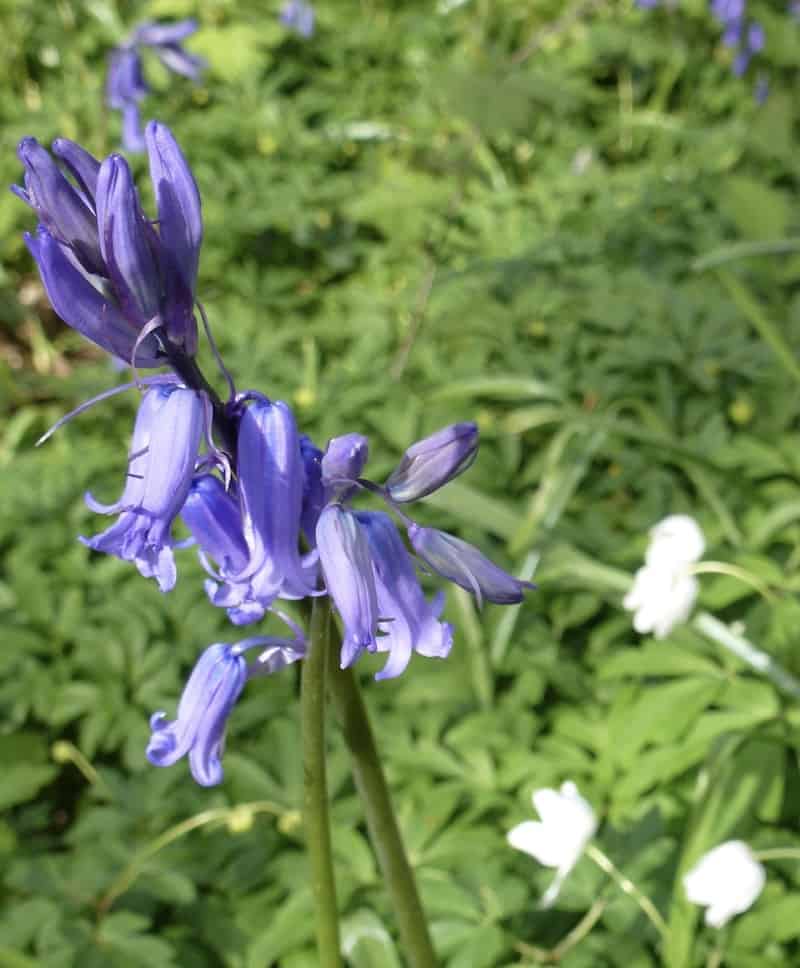
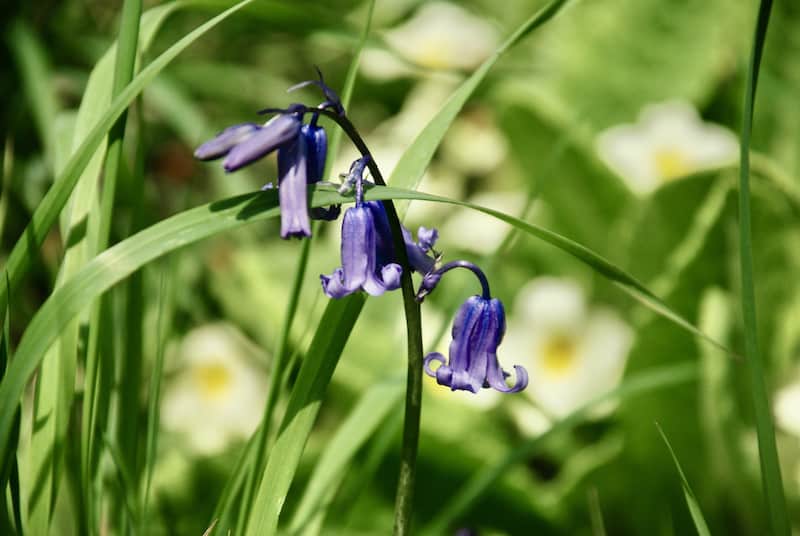
Luckily for us the Arundel area has many local bluebell woodlands and here are some suggestions of where to go and see these lovely flowers:
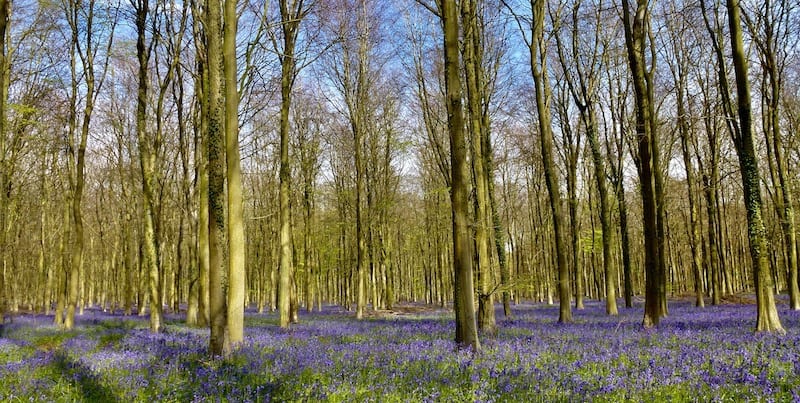
Lower Wepham Woods
Lower Wepham Woods, part of the Angmering Park Estate, is found by turning off the A27 opposite the Poling turning and going up the lane to a parking area at the top. You need to walk along the path there for only about 15 minutes and when you get to the crossroads turn sharp left and the path here has a beautiful display of bluebells on both sides.
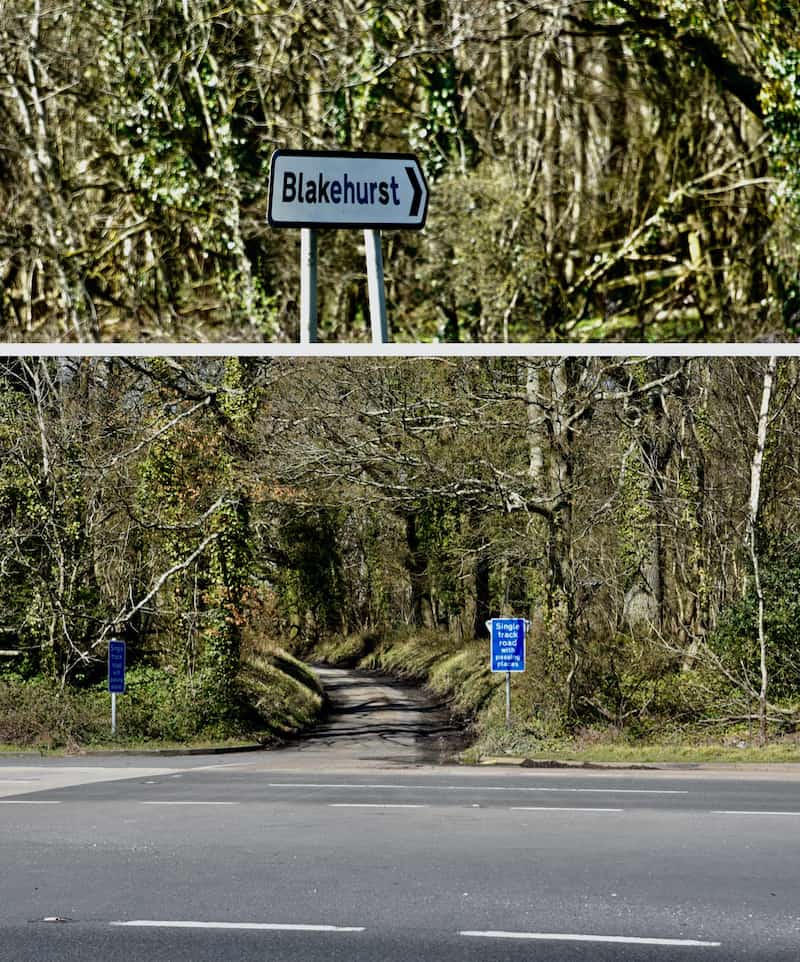
Take the Blakehurst Road off the A 27 opposite the Poling turning
The Dover car park is off the A27 near Hammerpot and is also part of the Angmering Park Estate. You can take any of the public footpaths and bridleways from here to guarantee seeing wonderful bluebell woods. Angmering Park is well known for their blue carpets of these spring flowers that are seen throughout the whole estate.
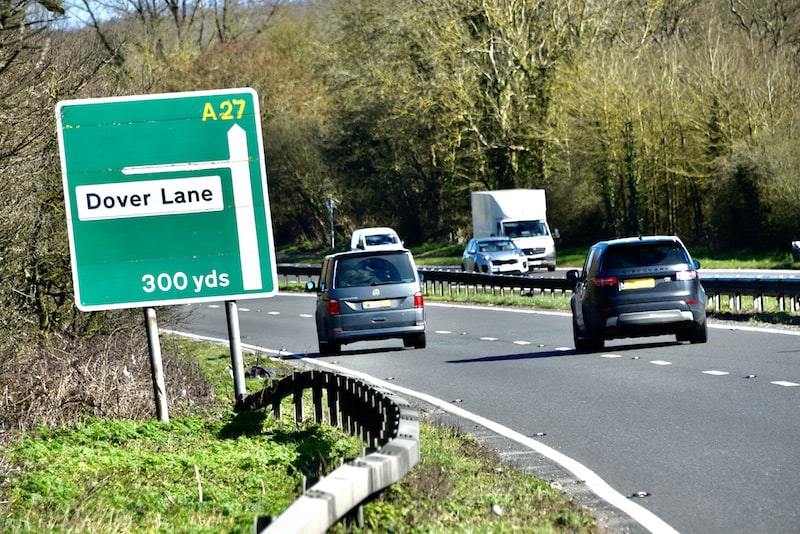
The Dover is a left turn off the A 27 heading East
Clapham Woods, with parking available at the south western corner of the woods, is locally known as being a rather mysterious woodland. Supposedly there have been UFO sightings here and it is also well known for paranormal activity. Although we can’t confirm these happenings, we can guarantee a wealth of footpaths surrounded by beautiful bluebells which prolifically grow there in the spring.
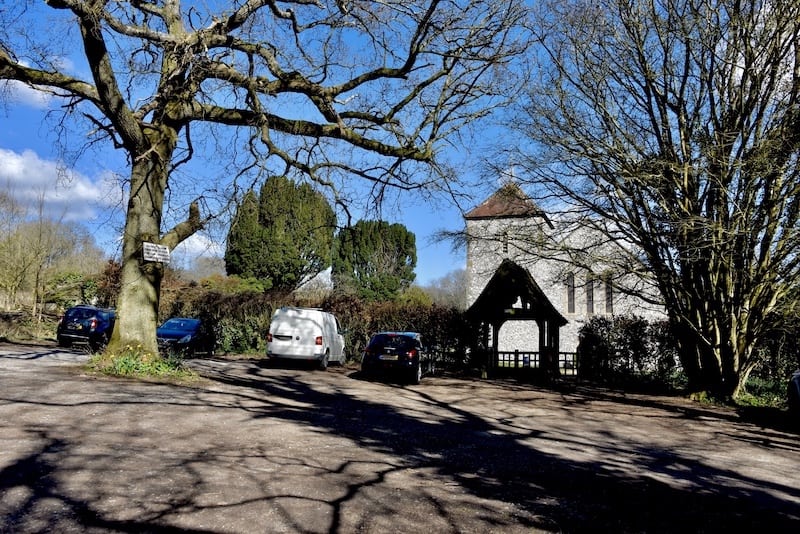
St Mary the Virgin Church, Clapham & Car Park
The Slindon Estate, with a massive choice of woodland paths, has marvellous displays of bluebells every year. In particular, in woodlands to the west of the Folly at Nore Hill, the bluebells are spectacular – as is the view from here down to the coast. A perfect spot to picnic. Or you can leave your car in Park Lane, just south west of Slindon Village itself and walk through Slindon Woods which in the Spring can look like a sea of blue.
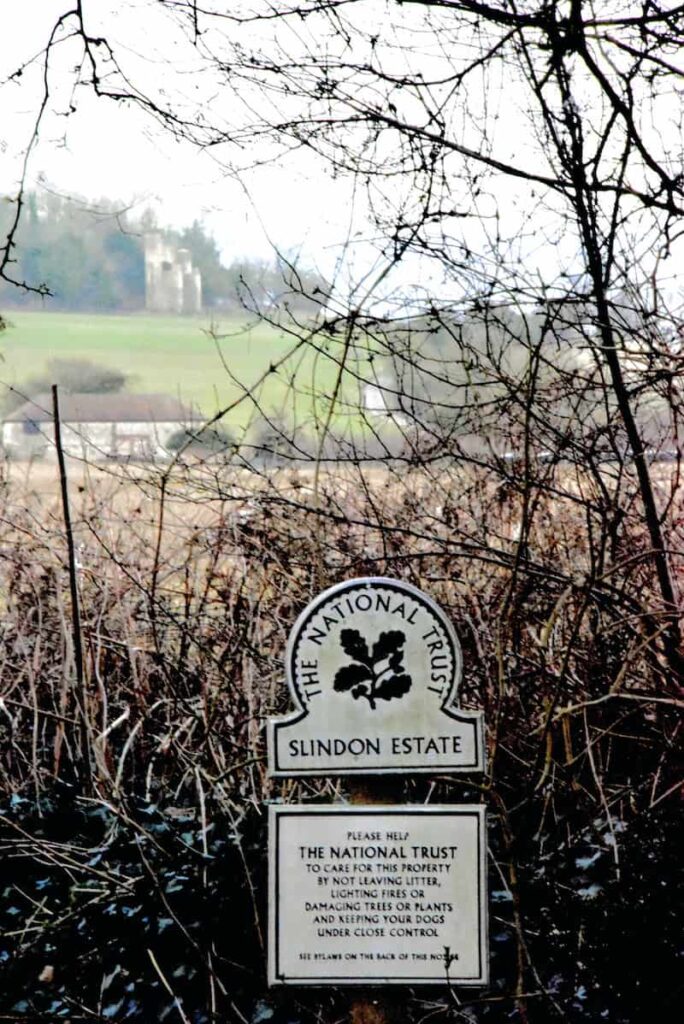
The Nore Folly
The last 4 lines of the poem ‘Bluebells’ by David Wood really sums up these wonderful flowers that can only be seen for just a short while – so make sure you make the most of the time we do have to see them and enjoy their fragrance, colour and tranquillity.
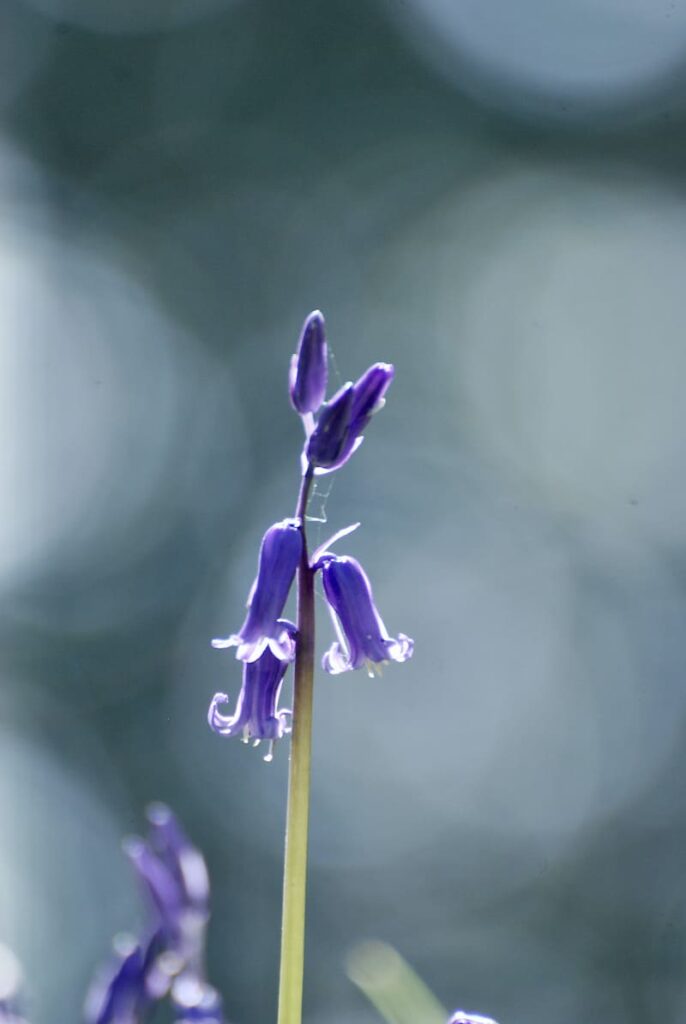
“Their Time on Earth is far too short”
Nature now has all its beauty brought
To the fore before summer casts its spell
Delicate bluebells making spring so fine
Their time on earth far too short
Written by Barb Hogan, Visit Arundel
Photos by Charlie Waring
|
|
Thank you for Signing Up |

